
If you’ve ever dreamed of launching an online store without managing inventory, packing orders, or renting warehouse space, dropshipping might be your golden ticket.
In 2025, the global dropshipping market is projected to hit $557.9 billion, fueled by entrepreneurs seeking low-risk business models and consumers craving niche products. But what exactly is dropshipping—and does it actually work?
This guide breaks down how dropshipping works, its pros and cons, and actionable steps to launch your store in 2025.
Key Takeaways
- Dropshipping lets you sell products without handling inventory.
- Profit margins average 20–35%, but competition is fierce.
- Success hinges on niche selection, supplier reliability, and marketing.
- Top tools: Shopify, Spocket, DSers, and Oberlo (for AliExpress).
- Avoid common pitfalls like poor supplier vetting or ignoring SEO.
What Is Dropshipping?
Dropshipping is a retail fulfillment model where you, the seller, market and sell products to customers without ever handling inventory. Instead, when a customer places an order, you purchase the item from a third-party supplier (often a wholesaler or manufacturer) who ships it directly to the customer. You act as the middleman, focusing on marketing and customer experience while the supplier handles production, storage, and logistics.
How Dropshipping Works: A Step-by-Step Breakdown
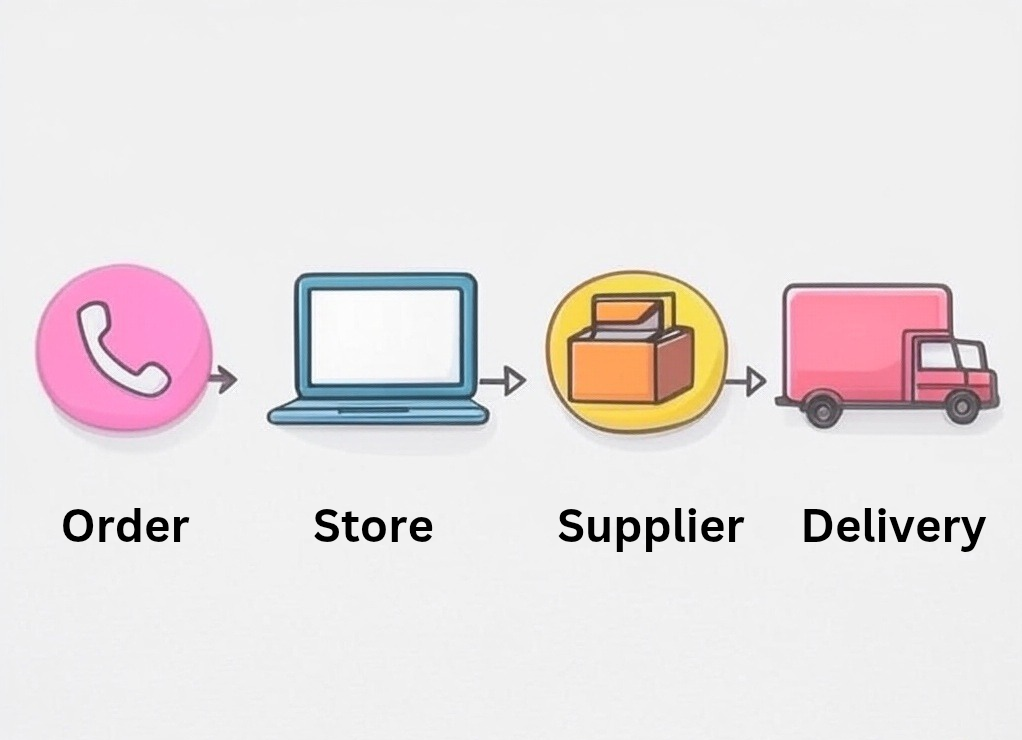
- Customer Places an Order: A buyer purchases a product from your online store (e.g., a $50 reusable water bottle).
- Order Notification: Your store automatically sends the order details to your supplier (via apps like Oberlo or DSers).
- Supplier Fulfills the Order: The supplier packages and ships the product directly to the customer (you pay them the wholesale price, e.g., $30).
- Customer Receives the Product: The package arrives with your branding, not the supplier’s.
- Profit: You keep the difference ($50−$30 = $20 profit).
Key Players:
- Seller (You): Manages the store, marketing, and customer service.
- Supplier: Manufactures/stores products and handles shipping.
- Customer: Purchases from your store, unaware of the supplier.
Why Dropshipping? Pros & Cons in 2025
Pros
- Low Financial Risk:
- No Inventory Costs: You only pay suppliers after a customer buys.
- Minimal Overhead: No warehouse rent, staff, or equipment.
- Start for Under $200: Domain, hosting, and apps like Shopify ($29/month).
- Flexibility & Scalability:
- Work Anywhere: Manage your store from a laptop.
- Test Products Instantly: Add/remove items without financial risk.
- Global Reach: Partner with suppliers worldwide (e.g., US, EU, China).
- Diverse Product Options:
- Trend Responsive: Quickly capitalize on viral products (e.g., TikTok trends).
- Niche Markets: Target passionate audiences (e.g., eco-conscious millennials, pet owners).
- Automation-Friendly:
- Order Management: Tools like DSers auto-forward orders to suppliers.
- Inventory Sync: Apps update stock levels in real time.
Cons
- Lower Profit Margins:
- High Competition: Saturated niches (e.g., phone cases) force price wars.
- Supplier Fees: Some charge monthly subscriptions or per-order fees.
- Supplier Dependency:
- Shipping Delays: Slow delivery (e.g., 30 days from China) leads to refunds.
- Quality Control: You can’t inspect products before shipping.
- Customer Service Challenges:
- Returns/Refunds: You handle complaints even if the supplier makes a mistake.
- Brand Reputation: Negative reviews from supplier errors hurt your credibility.
- Marketing Costs:
- Ad Spend: Standing out requires paid ads (Facebook, Google).
- SEO Competition: Ranking organically takes months in crowded niches.
While dropshipping offers low startup costs, its profitability depends on niche selection and supplier reliability. For a deeper dive into whether this model aligns with your goals, explore our analysis of whether dropshipping is worth it in 2025.
How to Start Dropshipping in 2025: 7 Detailed Steps
Starting a dropshipping business doesn’t require a massive budget. In fact, you can launch with minimal upfront costs by following our step-by-step guide to starting a dropshipping business with no money.
1. Choose a Profitable Niche
- Criteria:
- Passionate Audience: Solve a specific problem (e.g., “ergonomic office gear for remote workers”).
- High Demand, Low Competition: Use tools like:
- Google Trends: Check interest over time (e.g., “sustainable yoga mats” ↗️).
- Ahrefs Keyword Explorer: Target keywords with 100–1,000 monthly searches.
- EcomHunter: Analyze winning products on AliExpress.
- 2025 Niches to Watch:
- Eco-Friendly Products: Reusable household items, biodegradable packaging.
- Health & Wellness: Mental health journals, immunity-boosting supplements.
- Pet Tech: GPS trackers, automatic feeders.
- Smart Home Gadgets: Energy-saving devices, voice-controlled organizers.
2. Vet Reliable Suppliers
- Red Flags to Avoid:
- No reviews or contact information.
- Stock photos instead of real product images.
- Shipping times over 14 days.
- Top Supplier Platforms:
- Spocket: Curated US/EU suppliers with 2–5 day shipping.
- SaleHoo: Vetted wholesalers with bulk discounts.
- AliExpress: Cheap products but slower shipping (use agents like CJdropshipping for faster fulfillment).
- Supplier Checklist:
- Order samples to test quality.
- Negotiate bulk discounts (e.g., 10% off orders of 50+ units).
- Confirm return policies (who covers shipping for defective items?).
3. Build a High-Converting Store
- Platforms:
- Shopify: Best for beginners (apps like Oberlo simplify product imports).
- WooCommerce: More customizable (ideal for tech-savvy users).
- Design Tips:
- Mobile-First: 60%+ traffic comes from phones (test on tools like Mobile-Friendly Test).
- Trust Signals: Add SSL certificates, secure payment badges, and customer reviews.
- Clear Navigation: Use categories like “Best Sellers” or “New Arrivals.”
- Must-Have Pages:
- About Us: Share your brand story (e.g., “Founded by eco-warriors in 2025”).
- Shipping Policy: State delivery times and costs upfront.
- Contact Page: Include live chat (e.g., Tidio) for instant support.
4. Optimize for SEO
- Keyword Strategy:
- Long-Tail Keywords: Target “zero-waste makeup brushes for sensitive skin” instead of “makeup brushes.”
- Local SEO: If targeting specific regions, add location-based keywords (e.g., “organic dog treats in California”).
- On-Page SEO:
- Product Descriptions: Include keywords naturally (e.g., “This biodegradable phone case protects your device and the planet.”).
- Meta Tags: Write titles under 60 characters (e.g., “Eco-Friendly Phone Cases | Sustainable & Durable – GreenGadgets”).
- Content Marketing:
- Blog Posts: Publish guides like “10 Ways to Reduce Plastic Waste at Home” to drive organic traffic.
- Video SEO: Upload unboxing videos to YouTube with keywords in titles.
5. Price Products Strategically
- Markup Formula:
- Supplier Cost + 30–50%: Example: $20 product → Sell for $29.99–$34.99.
- Factor In Fees: Include transaction fees (2–3%), ads (15–20% of revenue), and shipping (if offering free delivery).
- Psychological Pricing:
- Use $29.99 instead of $30.
- Offer bundles (e.g., “Buy 2, Save 10%”).
6. Launch Targeted Marketing Campaigns
- Paid Ads:
- Facebook/Instagram:
- Target interests like “sustainable living” or “yoga enthusiasts.”
- Use carousel ads to showcase multiple products.
- Google Shopping: Bid on high-intent keywords (e.g., “buy eco-friendly water bottle”).
- Facebook/Instagram:
- Organic Strategies:
- TikTok/Reels: Post short videos of product demos or customer testimonials.
- Pinterest: Create pins for DIY projects using your products.
- Email Marketing:
- Offer a 10% discount for newsletter sign-ups.
- Send abandoned cart emails with urgency (“Only 3 left in stock!”).
7. Analyze, Optimize, and Scale
- Key Metrics to Track:
- Conversion Rate: Aim for 2–3% (use heatmaps like Hotjar to identify drop-offs).
- Customer Lifetime Value (CLV): Increase via loyalty programs (e.g., points for referrals).
- Return on Ad Spend (ROAS): Target at least 3x (e.g., $3 revenue for every $1 spent).
- A/B Testing:
- Test product page layouts (e.g., single-column vs. grid).
- Experiment with ad creatives (video vs. image).
- Scaling Tactics:
- Upsell/Cross-Sell: Offer related products at checkout (e.g., “Customers also bought reusable straws”).
- Expand Niches: Add complementary products (e.g., yoga mats → resistance bands).
Top Dropshipping Tools for 2025: Build, Scale, and Automate
The right tools streamline operations, reduce errors, and boost profitability. Here’s a detailed breakdown of must-have platforms for 2025:
1. Store Builders
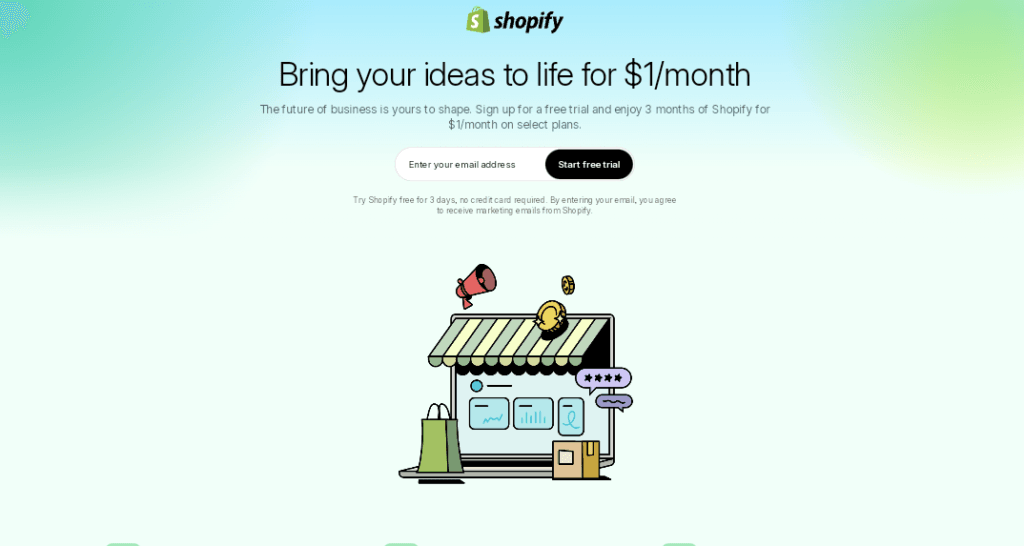
- Best For: Beginners and scaling brands.
- Key Features:
- Drag-and-drop editor for mobile-responsive stores.
- App integrations (Oberlo alternatives like DSers, Spocket).
- Built-in SEO tools and analytics.
- Cost: $29–$299/month.

- Best For: WordPress users wanting full customization.
- Key Features:
- Open-source flexibility (ideal for developers).
- Plugins for multi-currency payments and subscriptions.
- Advanced SEO control via Yoast.
- Cost: Free (hosting + plugins cost ~$50/month).
2. Supplier Directories
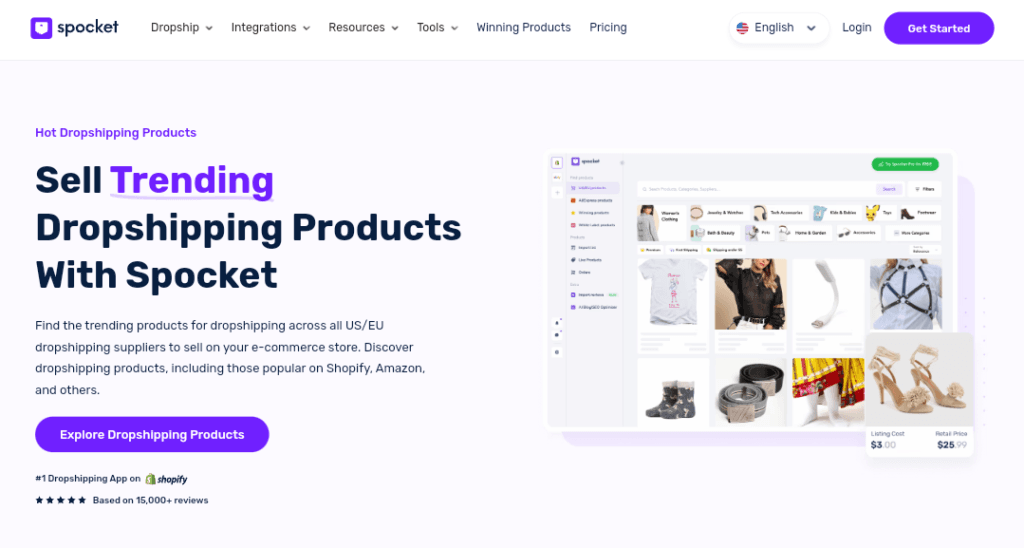
- Best For: Fast shipping (US/EU suppliers).
- Key Features:
- 2–5 day shipping on 60% of products.
- Branded invoicing and returns management.
- Real-time inventory sync.
- Cost: $30–$99/month.
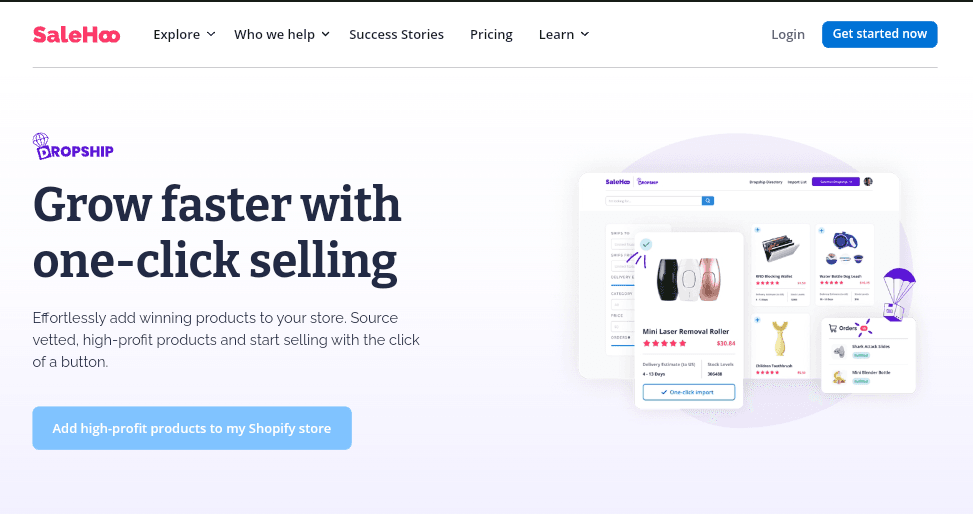
- Best For: Bulk discounts and vetted suppliers.
- Key Features:
- Directory of 8,000+ pre-vetted suppliers.
- Market research labs for trending products.
- Wholesale pricing (up to 75% off retail).
- Cost: $67/year.
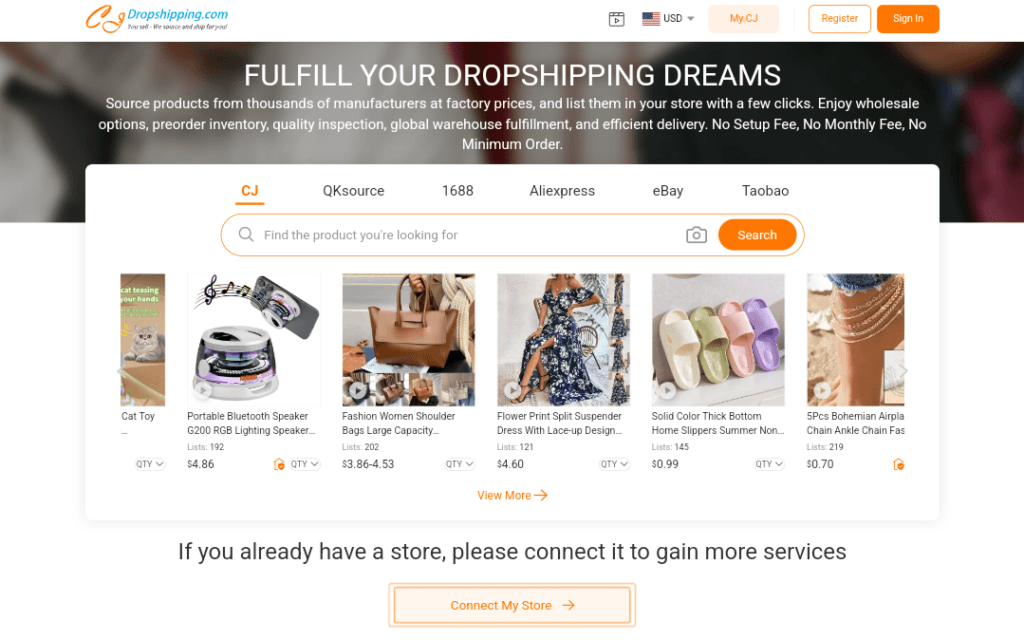
- Best For: Custom packaging and private labeling.
- Key Features:
- White-label services (add your logo to products).
- Warehousing in the US, EU, and Australia.
- TikTok/Google Ads integration for order tracking.
- Cost: Free to join (product margins vary).
3. Automation & Order Management
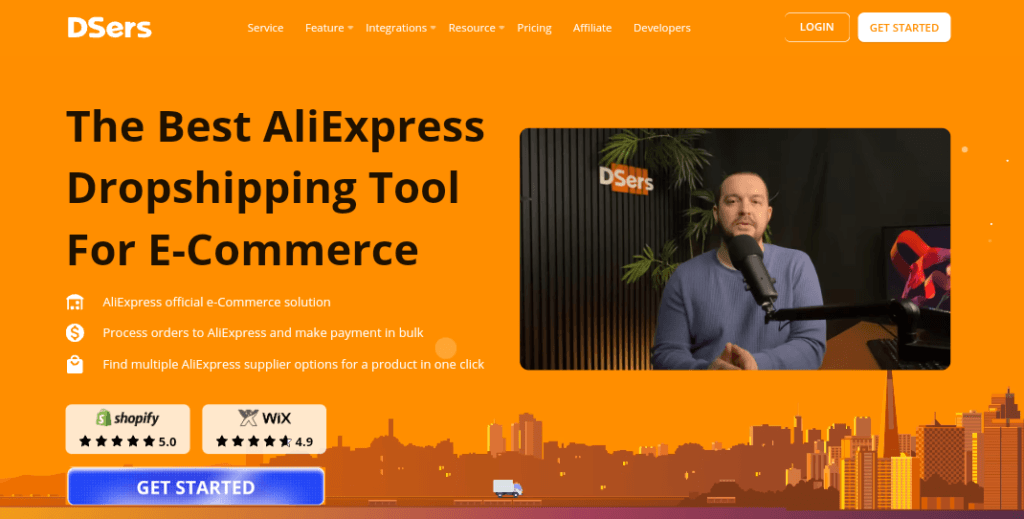
- Best For: AliExpress suppliers.
- Key Features:
- Bulk order imports and auto-fulfillment.
- Price rules (auto-markup products by 30%).
- Split orders to multiple suppliers.
- Cost: Free–$20/month.
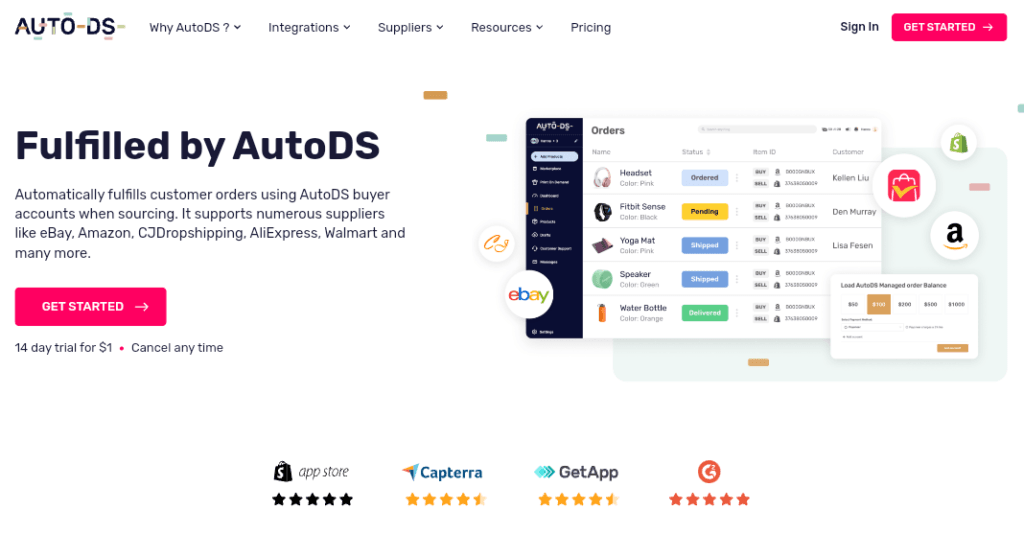
- Best For: Hands-off inventory management.
- Key Features:
- AI-powered product research.
- Auto price updates based on competitor pricing.
- Returns automation.
- Cost: $21–$89/month.
4. SEO & Marketing

- Best For: Keyword research and competitor analysis.
- Key Features:
- Track rankings for 1,000+ keywords.
- Audit site health (broken links, mobile issues).
- Spy on competitor ad strategies.
- Cost: $119–$449/month.
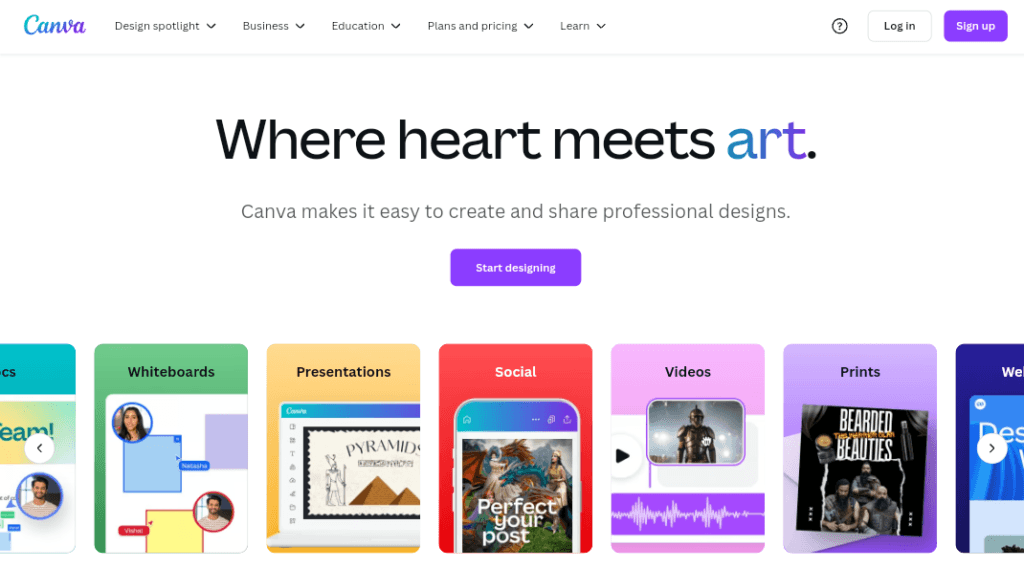
- Best For: DIY ad creatives and social media posts.
- Key Features:
- Pre-sized templates for TikTok, Instagram, and Facebook.
- Brand kit for consistent fonts/colors.
- AI image generator for product mockups.
- Cost: Free–$12.99/month.
5. Customer Service
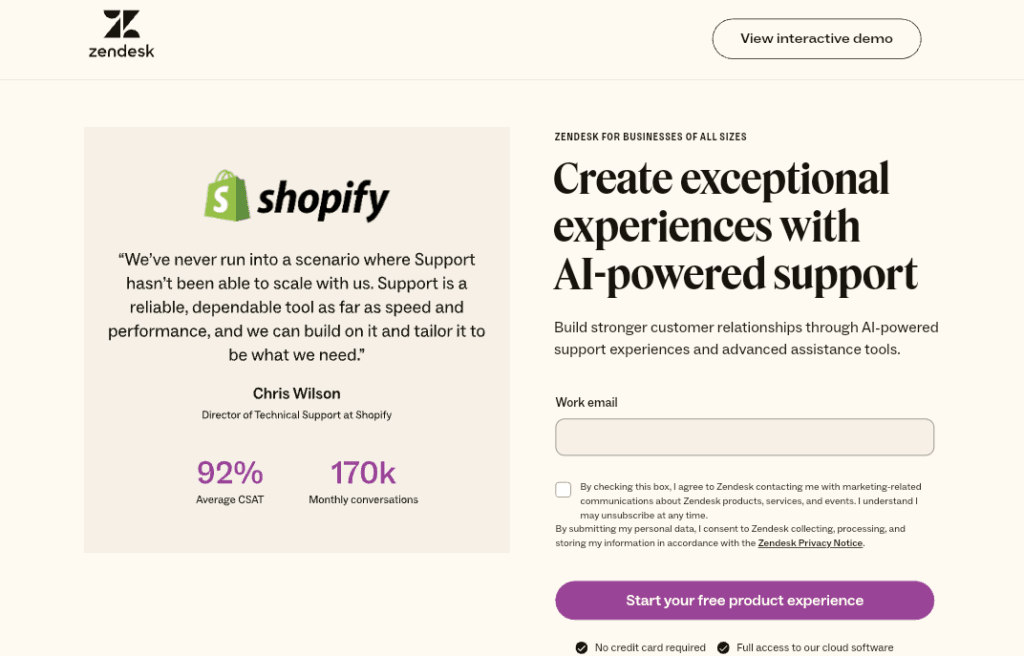
- Best For: Scaling support teams.
- Key Features:
- AI chatbots for 24/7 queries.
- Ticket management across email, chat, and social media.
- Pre-built templates for refunds/returns.
- Cost: 19–19–99/month.
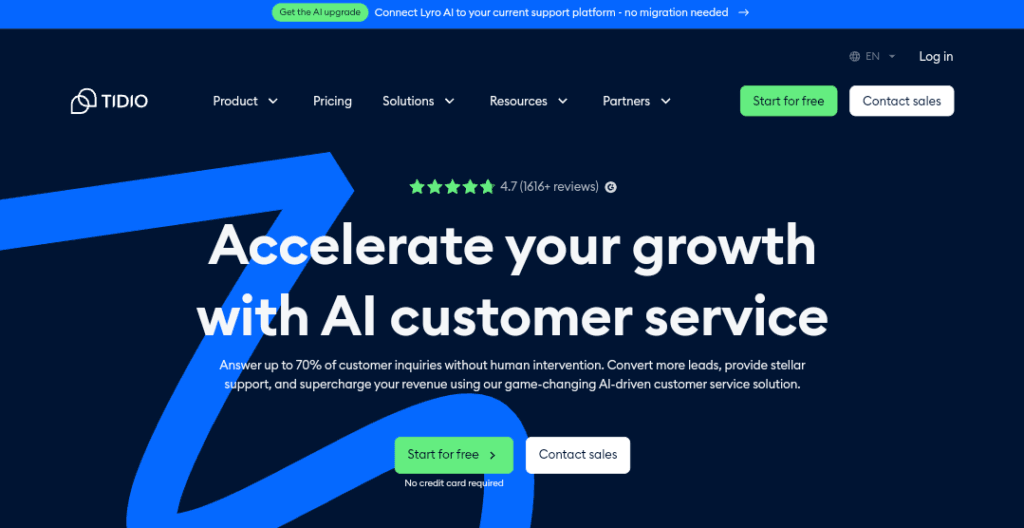
- Best For: Small budgets.
- Key Features:
- Live chat + Facebook/Instagram integration.
- Automated abandoned cart messages.
- Free plan for up to 50 chats/month.
- Cost: Free–$29/month.
Is Dropshipping Worth It in 2025?
Yes, but only if you approach it strategically. Here’s the reality check:
The Good
- Low Barrier to Entry: Start part-time with minimal upfront costs.
- Global Opportunities: Tap into emerging markets (e.g., Southeast Asia, Latin America).
- Trend Flexibility: Pivot quickly to capitalize on viral products (e.g., AI gadgets).
The Bad
- High Competition: 27% of new stores fail within 90 days due to poor planning.
- Margin Pressure: Average margins dropped to 15–20% in crowded niches.
- Ad Costs: Facebook CPMs rose to $14.96 in 2025, squeezing profitability.
When Dropshipping Shines
- You Have a Unique Angle:
- Example: “BambooBaby” sells eco-friendly baby products with custom engraving.
- You Focus on Customer Experience:
- Offer 24/7 chat support and free returns.
- You Master a Niche:
- Case Study: “AquaPets” scaled to $1M/year selling aquarium LED lights by targeting aquarium enthusiasts on Reddit and TikTok.
When to Avoid Dropshipping
- You Want Passive Income: Dropshipping requires daily management (ads, customer service).
- You Can’t Handle Risk: Supplier errors or shipping delays can sink your reputation.
Before committing to this model, weigh the risks and rewards carefully. If you’re unsure about the initial investment, our guide to launching a dropshipping business with $0 upfront breaks down free tools and strategies.
Conclusion
Dropshipping remains a viable path to e-commerce success in 2025—but it’s not a “get rich quick” scheme. Winners combine ruthless niche selection, supplier partnerships, and savvy marketing.
FAQ
Can I use Amazon for dropshipping?
Yes, but Amazon’s dropshipping policy requires you to identify yourself as the seller (not the supplier).
What’s the biggest challenge in dropshipping?
Standing out in crowded markets. Solve this by niching down and building a memorable brand.


